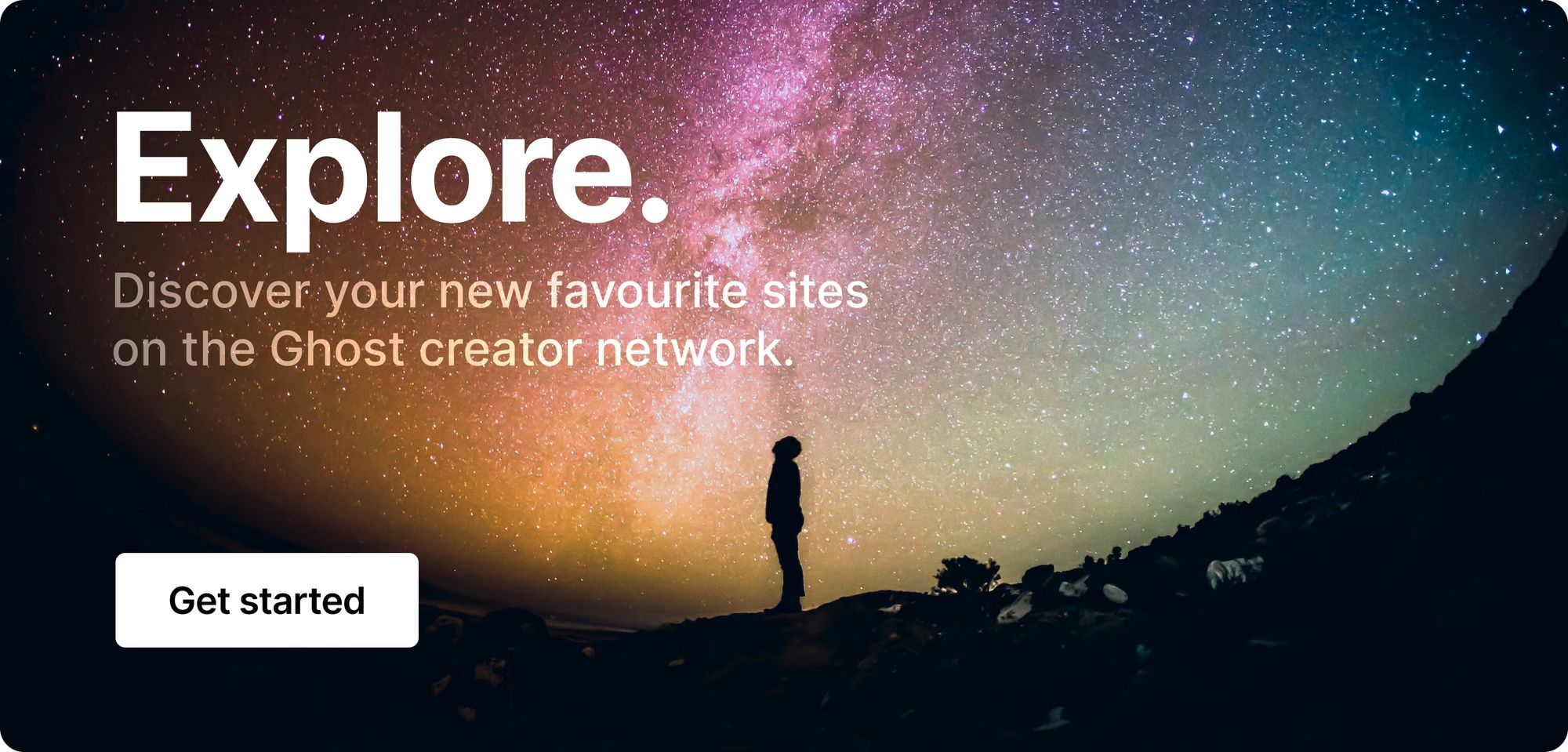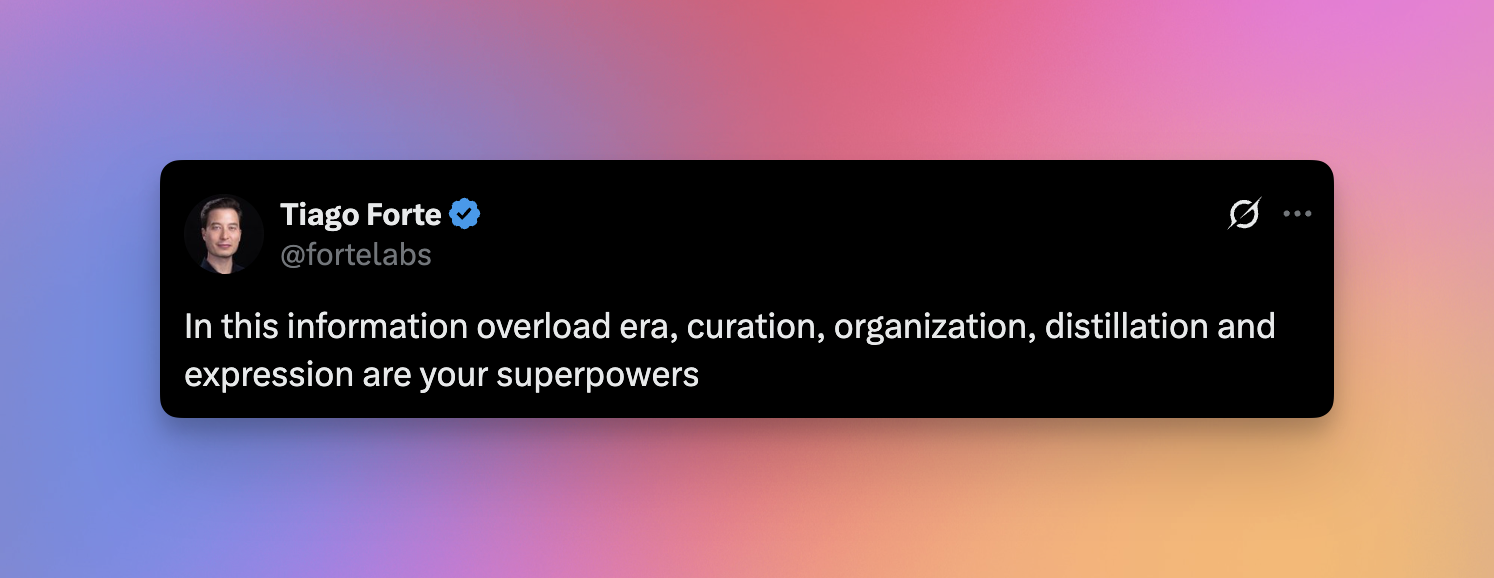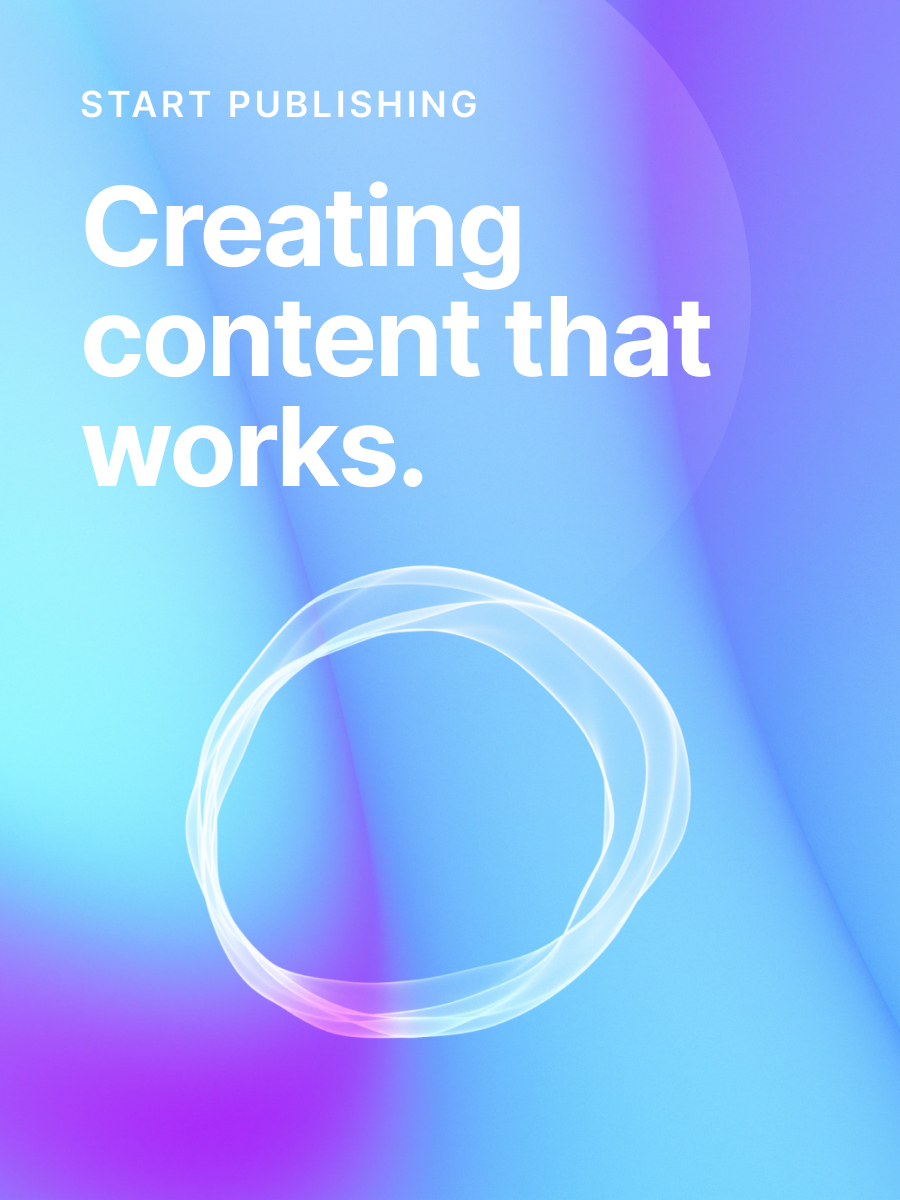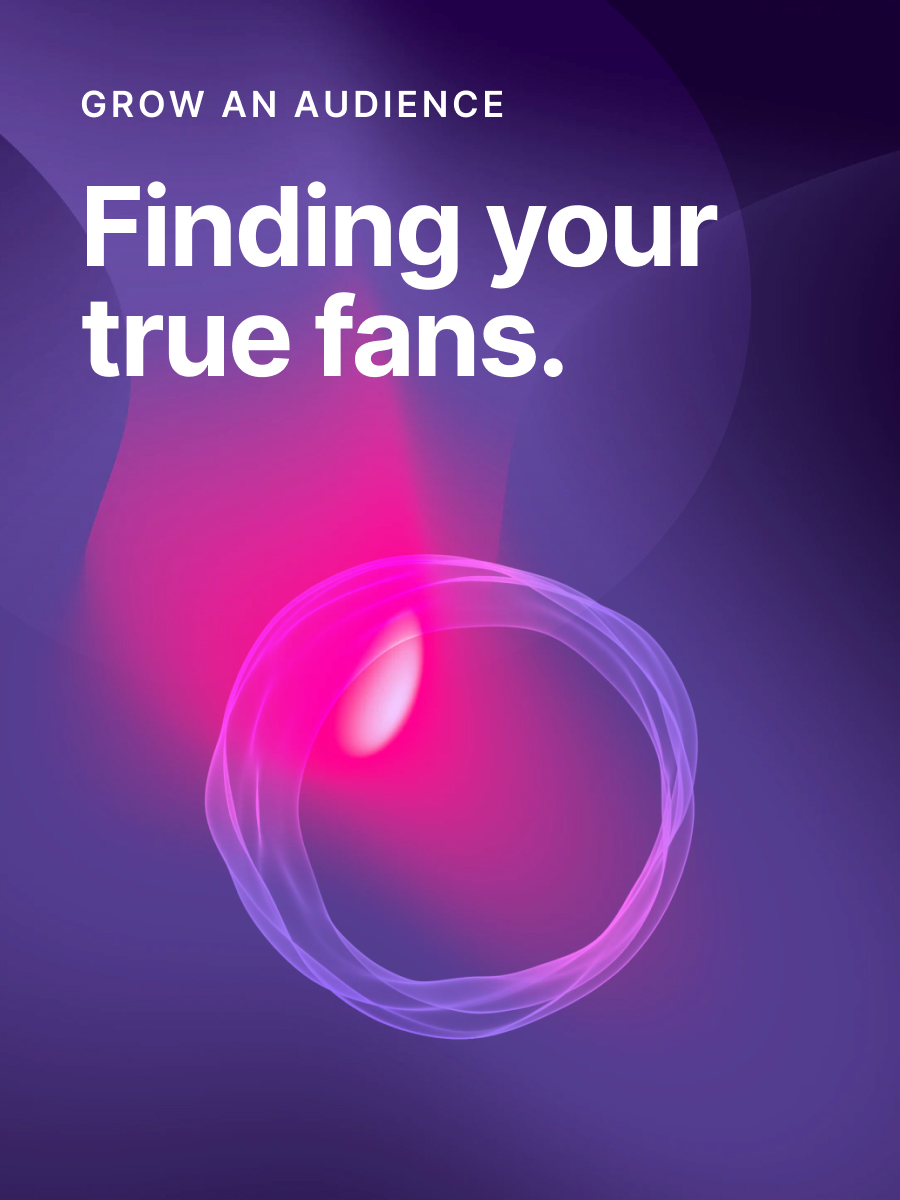📥 Creators and curators
In this week's newsletter we ask: "Does original content always need to be made from scratch?" If coming up with fresh ideas week in and week out can sometimes leave you staring at a blank page, this one's for you.
We're diving into content curation, what it is, and how to make it work for you.
Let's go!
In this week's issue 📨
- Curation vs. creation
- Curate like only you can
- Benefits of content curation
Was this email forwarded to you? Subscribe here!
Curation vs. Creation

Let's start with what content curation is. Think of it like curating an art exhibit — choosing the best work to showcase. Colleen Christison from Hootsuite puts it well: It's about finding the best content your audience wants so that they keep coming back — to you.
"Isn't that plagiarism!?", we hear you ask.
Nope. Content curation has been around almost as long as the internet. Early social media was built on people sharing interesting content with friends and connections. And, as long as you credit the original creator and don’t try to pass off their work as your own, your newsletter can do the same.
The truth is, most topics have already been explored from every angle. And with AI flooding inboxes and feeds with more content (not all of it great), your unique voice matters more than ever. Your readers aren’t just looking for more content, they want your take on what matters. They trust your taste. They value your perspective.
Practically, content curation involves collecting and sharing 3rd party content for your audience. There are many ways to do it, with some successful newsletters built exclusively on curation alone. In fact, curation isn’t so different from creation — it still requires delivering something valuable to your audience — it just starts from a different place.
Curating content can be a powerful tool in your creative toolkit. It saves time, adds depth, and opens the door to new opportunities.
Now that we’ve covered what it is, let’s talk about how to do it.
Curate like only you can

There’s a reason I don’t have any tattoos: my younger self had questionable taste. Still, I sometimes wonder what my arms would look like if teenage me had been a bit more impulsive.
Curating content for your newsletter isn’t as permanent as a tattoo, but it still comes down to personal taste. What you choose to include (or leave out) is valuable in itself.
Tips to being a great curator

‣ Document your taste: Defining curatorial guidelines early can save you countless hours of indecision later. Think of it as an extension of your editorial style. It should clearly define the criteria for what things you would or wouldn't include, and why. This helps you stay on topic and ensures there's a common thread between your created and curated content.
‣ Collect and organize: Whether you're scheduling dedicated time to curate content or baking it into your day-to-day browsing, you'll need to be able to quickly save things. The Ghost Bookmarker browser extension (free) allows you to clip your favourite links of the week and automatically insert them into a new draft post, making curated newsletters a breeze to put together.
‣ Credit sources: Be sure to always credit sources for content that isn't your own. Not only does this keep things legal, it's a good way to build relationships and the right thing to do.
‣ Categorize: One way to curate is by theme. Like an art gallery might display artwork from a particular artist, period, or style, you should consider curating content in a similar way. Whilst we'd recommend that curated content always be at least tangentially related to your niche, it's also an opportunity to go broader or deeper on the things you and your audience find interesting.
‣ Add your critique: It's not only about what you curate, how you curate matters too. Sharing your opinion, personal experiences, or adding context to an argument with supporting stories — are all great ways to make curated content uniquely yours.
‣ Summarize: If your audience is short on time and overloaded with information, a quick summary of relevant news can be very valuable. It's also a chance to have some fun and experiment with things you might not normally do. Like our newsletter about Building ActivityPub and the prolific use of AI-generated pug imagery.
‣ Think multi-channel: Curation isn't limited to filling a newsletter content gap, it can be used to find new fans too. Experiment with curation on social media as a way to reach new people. See what resonates, and consider how you can create journeys that lead back to your own original content.
‣ Mix it up: Magazines have guest editors, galleries change curators, and you can mix things up too. Consider inviting others to curate on your behalf or, if you're in a pinch, task a freelancer to find different topics and formats that might otherwise be time-consuming to research.

Interesting stories & ideas 📚
- 5 tips from The Browser on starting a successful curation newsletter - Ghost resources
- Weekend reads - The Joe Walker Podcast
- What?! 108-Gigapixel Scan of Vermeer’s Girl with a Pearl Earring - Kottke.org
Benefits of content curation

Curation isn't a replacement for original content. Instead, it should supplement your existing content strategy, helping you create more value and grow your audience. Let's look at how.
Saving time & money
- Curating content is often faster than creating from scratch, and less time spent in one area means more to invest elsewhere.
- Given a tight brief, researching and curating content requires less specialized skills than creating something new, making it cheaper to outsource or use freelancers.
- Creating content in new formats like video can require expensive software and equipment. Curation allows you to test how your audience responds to different formats before taking the leap.
Building relationships
- Sharing makes ideas travel. When you showcase the work of others you're giving them exposure and helping them grow. Karma points incoming!
- Curating requires engaging with fellow publishers, experts, and creators which grows your network. This can unlock all manner of opportunities for collaboration, co-promotions, or even future partnerships.
- When content is shared, remixed, and re-purposed across publishers, it creates a fly-wheel effect that benefits all parties. Not only does content travel further, but the audience gets to discover new creators too.
Finding new fans
- Some people like reading, others prefer to watch or listen. Sharing topics or formats that are different to your usual programming is a way to engage with people who consume differently. And when they follow you, they'll discover your original content too.
- This increased reach can also have SEO benefits as search engines like Google consider the number and quality of links when ranking sites.
Experimenting
- Curation isn't always the right approach. Depending on your brand, voice, and audience you'll need to assess whether it makes sense for you. But curation requires relatively little investment so it's low risk.
- If people want to know more about you personally, you could try curating a playlist of what you're listening to, or simply ask your audience for their feedback each time you try something different. Their clicks and comments will soon tell you what's it's working.
Planning is easier
- Content planning takes a lot of work and there will always be gaps. Having a bank of curated content to draw on is invaluable during those 'slow news weeks' or as a source of creative inspiration.
- This very post was inspired by my own bookmark folder named: Save for later.
👀 Curator's pick

Enjoy this newsletter? Forward to a friend or hit reply to share your thoughts. We don't bite! 👻
Want more how-tos? Search our library of tutorials and subscribe to our monthly "Build with Ghost" newsletter.
Join our Ghost Creator Community! Connect with like-minded people who create content professionally — apply here.






